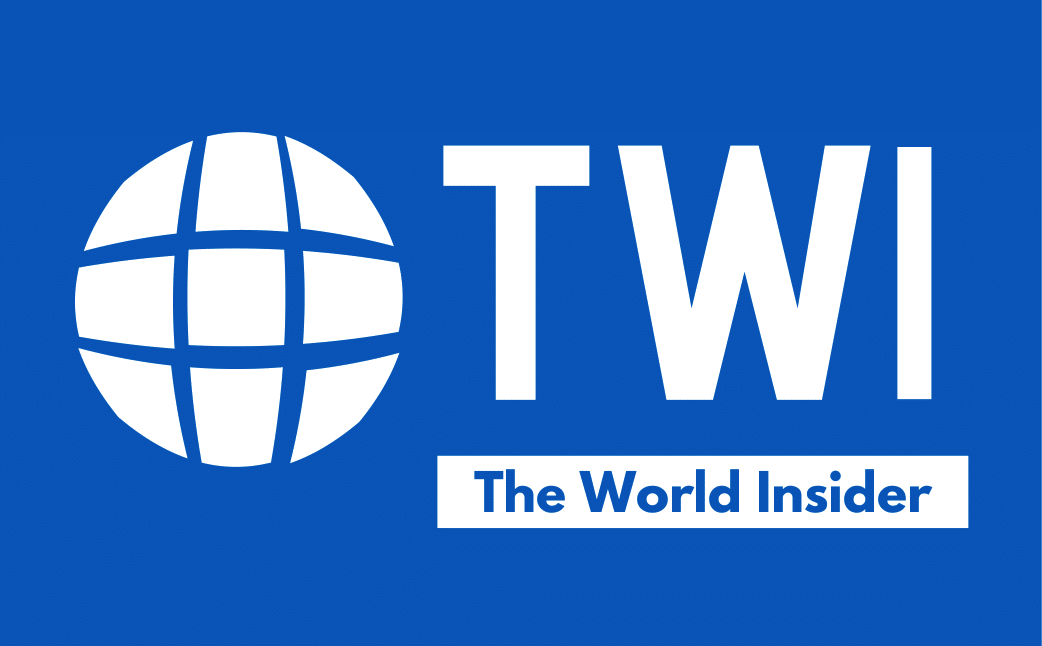The Biden administration has announced a new initiative aimed at reducing costs for low-income American households while addressing climate change.
White House announced that it is providing more than $830 million to adopt new building energy standards and help make low-income housing energy efficient using funds from the Inflation Reduction Act that passed last year.
The initiative is expected to result in energy savings of more than 35% for families. This is a step towards President Biden’s goal of retrofitting four million buildings and two million homes during his first term, the White House said.
Energy-efficient buildings
The U.S. Department of Housing and Urban Development (HUD) is providing over $837 million for the Green and Resilient Retrofit Program (GRRP), which invests in energy efficiency and emissions reductions, clean energy, and climate resilience strategies for HUD-assisted multifamily housing.
As part of @POTUS's Investing in America agenda, HUD is making funding available through the new Green and Resilient Retrofit Program to improve energy and water efficiency and climate resilience in HUD-assisted multifamily properties serving low-income residents. pic.twitter.com/zEiuRzVpb0
— Department of Housing and Urban Development (@HUDgov) May 11, 2023
HUD is committed to building a more equitable and sustainable housing system that reduces the impacts of climate change and improves the lives of people across America, said HUD Secretary Marcia L. Fudge. “The launch of the Green and Resilient Retrofit Program today will ensure low-income individuals and families have better access to healthy, energy efficient, and resilient homes.”
The GRRP is an important program for quality housing, increasing resiliency to climate impacts, cutting energy waste, tackling the climate crisis, and lowering costs for American families.
“Lower-income communities are often the last to obtain access to state-of-the-art efficiency, resilience, and clean energy technologies. The Green and Resilient Retrofit Program will change this by providing communities with an opportunity to lead the multifamily sector in retrofitting homes to make them safer and more sustainable for the future,” said HUD Assistant Secretary for Housing Julia Gordon.
Connecting families to low-cost solar power
Building owners will be able to invest in technologies such as solar panels, heat pumps, wind-resistant roofing, insulation, and low embodied carbon materials to make properties healthier and safer for residents. Additionally, HUD is helping families subscribe to local community solar, which can save them an average of 10% per year on their electric bills.

John Podesta, Senior Advisor to the President for Clean Energy Innovation and Implementation, said the new investment from the Inflation Reduction Act by HUD demonstrates that clean energy is accessible to everyone. The funding will provide families in HUD-assisted multifamily housing with cost savings and health benefits associated with clean energy. The announcement is part of a larger set of actions by the White House on housing and climate, reflecting the understanding that building a clean energy economy and providing quality, affordable housing for American families are interconnected goals.




